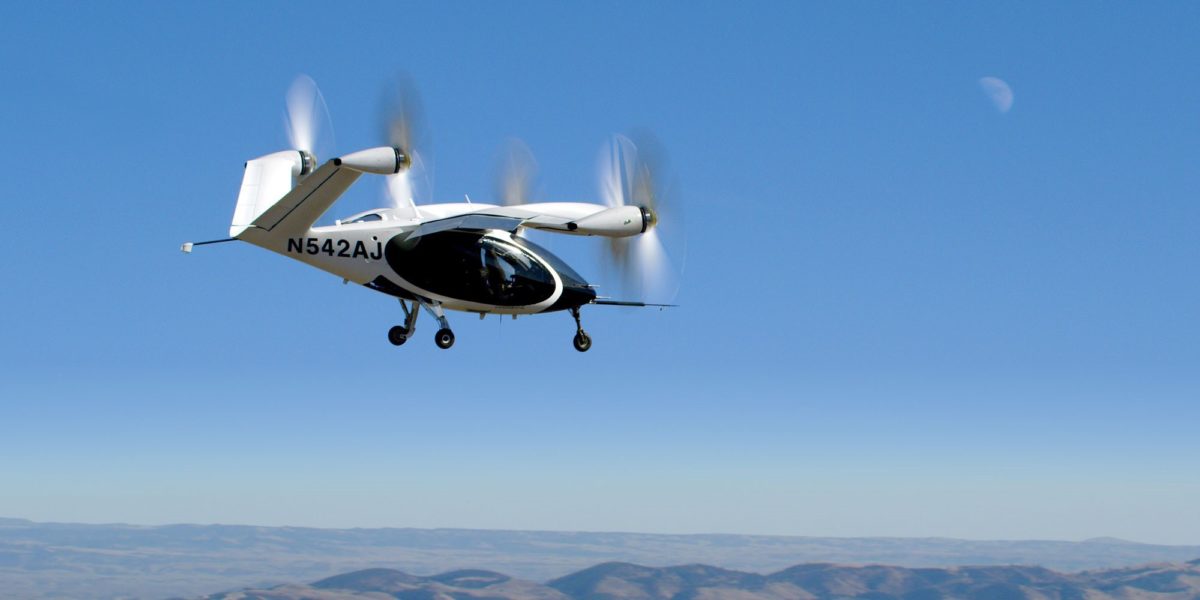Proposed FAA office would have purview over air taxis and other novel designs
By Paul Brinkmann|January 19, 2023
Lawmaker seizes on flight grounding incident to argue for remaking FAA’s NextGen initiative into an office devoted to fast innovation
A bill introduced in the U.S. House of Representatives on Jan. 9 would convert the FAA’s NextGen office into an Office of Advanced Aviation to review innovative technologies, including the novel electric air taxis in development in the advanced air mobility movement, and speed up modernization of the FAA computing networks and other technologies that airlines and travelers depend on.
U.S. Rep. Jefferson Van Drew, R-N.J., who introduced the bill as a member of the House Transportation and Infrastructure Committee’s Aviation Subcommittee, has been outspoken about the bill since Jan. 11, when all domestic flights were grounded in the United States for 90 minutes when software that sends emergency “Notice to Air Missions” alerts went down.
“You can’t have antiquated technology. You can’t be behind the curve. You can’t have a lack of communication and expect to be on the technological edge of the future,” Van Drew told me in a video interview.
Van Drew said the Jan. 11 incident shows that the current NextGen modernization initiative — a multibillion dollar series of technology projects — is falling short.
“We either go along the way we are or do something different and let Congress have input, because it has become apparent this change is not going to come from within the FAA,” Van Drew said. “I was horrified with what happened with the systemwide grounding. They knew their system was outdated, but there was little effort to address the problem.”
READ THE TEXT OF THE BILL
Drew’s proposal would require FAA to quickly evaluate emerging technologies that show promise, and then move to safely implement those. The proposed office would oversee implementation of such technology as drones or unmanned aircraft systems, advanced air mobility, collision avoidance, autonomous aircraft, supersonic aircraft, electric or hydrogen propulsion, and telecommunication capabilities of aircraft or functions in the 5G band or 6G band, among other things.
One very specific directive in the bill would require FAA to revamp and vastly improve its communication with companies seeking to certify novel aircraft designs. FAA would have to set up a password-protected portal so applicants could constantly review the status of their applications and “receive notice of deadlines and major certification milestones,” the bill reads.
“Yes, we have heard that keeping tabs on what the FAA is doing with the certification process is difficult and better communication is needed,” Van Drew said.
Part of the problem at FAA is its vertical bureaucratic hierarchy, according to Van Drew and his aide, policy director Haddon Antonucci. That means many offices or functions inside FAA cannot communicate easily with one another. The bill seeks to replace that with a more horizontal structure where offices are free to interact directly, rather than needing to go through a higher administrative office to do so.
“New businesses should be able to come in with new technologies and get them in front of the FAA, and then FAA can disseminate those across the entire organization,” Antonucci said
Van Drew said he will attempt to fold his bill into the FAA reauthorization bill, which Congress must act on by Sept. 30.
“I want the USA to be No. 1 in worldwide aviation innovation, and I don’t feel that [is the case] anymore, unfortunately,” Van Drew said.
Get the latest news about advanced air mobility delivered to your inbox every two weeks.





